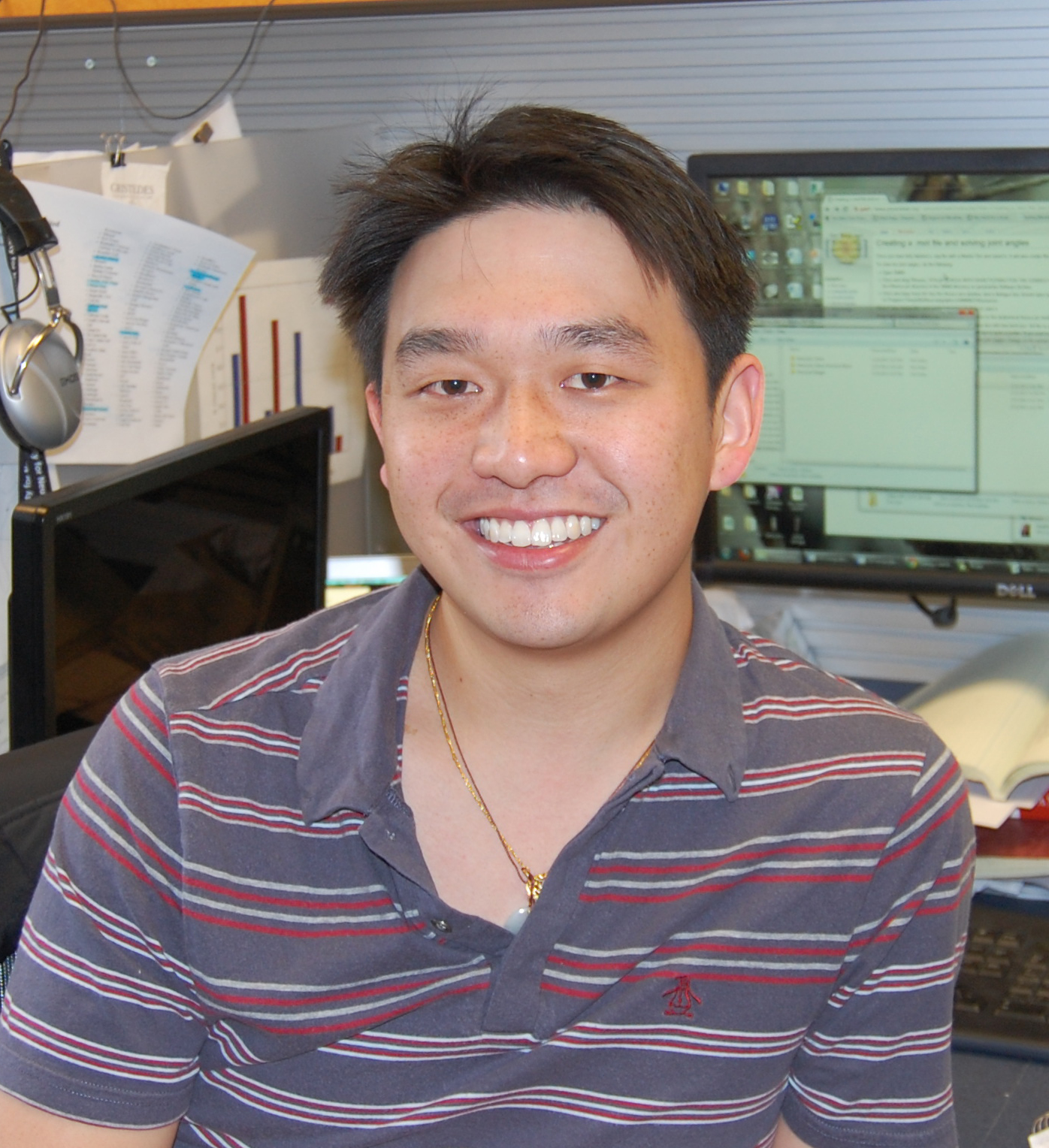
about me
I am a post-doctoral research fellow at the Center for Neural Science at New York University (NYU). I work in the lab of Bijan Pesaran studying how we make decisions as well as developing brain machine interfaces. Before joining NYU I completed a PhD in bio-medical engineering with the Australian Vision Prosthesis Group at the University of New South Wales where I worked on developing visual prosthetics.contact: yan (dot) wong (at) nyu dot edu
cv: pdf